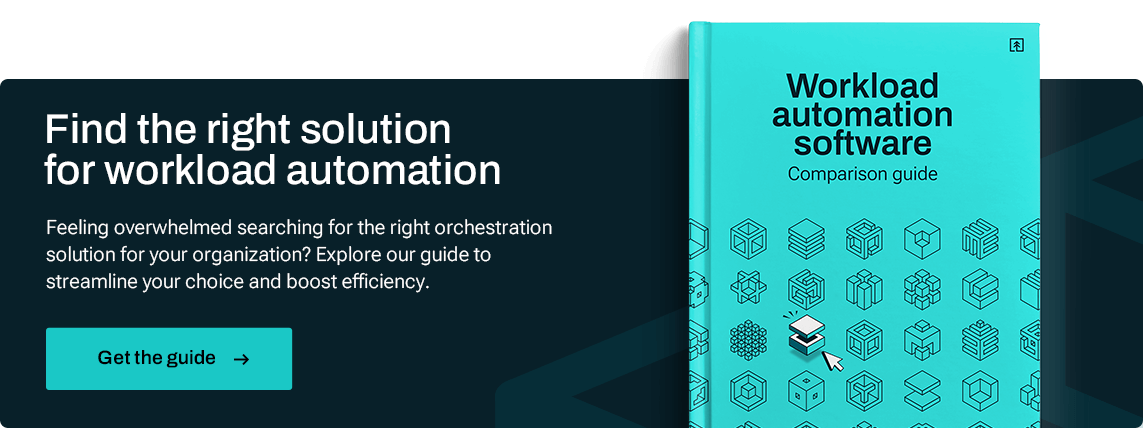6 trends IT leaders can’t afford to ignore in 2023

This article was originally published in 2023. Now in 2024, we reflect on the lessons and takeaways from last year and prepare for what’s to come this year in IT and business process automation. Redwood Software Chief Product Officer Abhijit Kakhandiki shares predictions in automation ROI, hyperautomation, generative AI for automation — What’s coming in 2024 to have you making the right moves and investments.
As we move further into the digital age, IT leaders are becoming more focused on automating business processes that allow their companies to operate seamlessly end-to-end. In this blog, we will explore the six trends that IT leaders have deemed essential for 2023.
- The pace of automation continues to accelerate. According to HFS, 70% of executives say that automation has increased priority, even post-pandemic. Over 50% plan to invest in I&O automation within the next 12 months, according to Gartner. EMA reports that 87% of organizations have significantly increased the number of processes automated within the last two years.
- Orchestration is key. According to Forrester, 83% of respondents want to drive end-to-end automation. Gartner reports that 17% ranked Service Orchestration and Automation Platforms as the first-priority investment. EMA reports that 92% believe that workload automation should be expanded to orchestrate automation across the enterprise.
- Timeliness of data becomes more valuable. Digital business requires teams, inside and outside of IT, to embrace the real-time, event-driven orchestration of business services, according to Gartner.
- Automation enables better agility and reliability. During COVID-19, the more automated organizations adapted more quickly and effectively, according to Forrester. 80% use automation to drive process standardization and optimization, according to Forrester.
- Increasing strategic role of automation. Service Orchestration and Automation Platforms are “force multipliers” to maximize returns on ITSM, SaaS, and CMDB, according to Gartner. Forrester reports that 77% automate for strategic reasons, and EMA reports that 36% have become very creative in the use and adoption of automation compared to “old school” or status quo approaches.
- More automation based on low-code/no-code platforms. EMA reports that significantly less code will have to be written and tested for new automation projects.

At Redwood, we are the leader in automation and provide the first full-stack automation platform, bridging applications and infrastructure, enabling business and IT teams to achieve end-to-end process outcomes. Full-stack automation is required to deliver on advanced requirements, and Redwood is the industry leader in full-stack automation.
Our platform includes advanced requirements, such as full-stack automation that achieves end-to-end business process outcomes, a SaaS platform with guaranteed performance and availability, deep and broad support of major application portfolios, low-code visual process design, wizards and reusable automation components, auto-recovery for mission-critical automation, and monitor, predict and manage SLA achievement.
Additionally, our platform includes basic requirements, such as automating and orchestrating core IT processes, time and event-based scheduling, standard connectivity and monitoring and basic workflow management.
Let’s take a look at some of the business impacts from our case studies:
- Grainger: The company had a time-consuming order process with suppliers, leading to errors and inconsistencies in the order-to-cash cycle. This caused customer orders to be delayed, inventory and forecasts to be inaccurate, and sales revenue to not be booked. By automating the order-to-cash process and integrating suppliers with in-house ordering and fulfillment, Grainger was able to reduce its order-to-cash cycle by six times and operating costs by 20%.
- Ryder: The company faced a similar challenge of a time-consuming order process with suppliers and errors in the order-to-cash cycle, resulting in delayed customer orders, inaccurate inventory and forecasts, and unbooked sales revenue. By orchestrating data ETL and BI flows, Ryder eliminated billing errors and manual processing and achieved on-time delivery up to 99%.
Ready to discover what full stack automation can do for your business? Request a personalized demo today!